A draw knife is a versatile and essential tool in any woodworker’s arsenal. Used for everything from debarking logs to shaping wood, a draw knife can be intimidating for beginners. However, once mastered, it can become one of the most beloved tools in your workshop. This guide will introduce a novice to the draw knife, helping you understand its function, usage, and care.
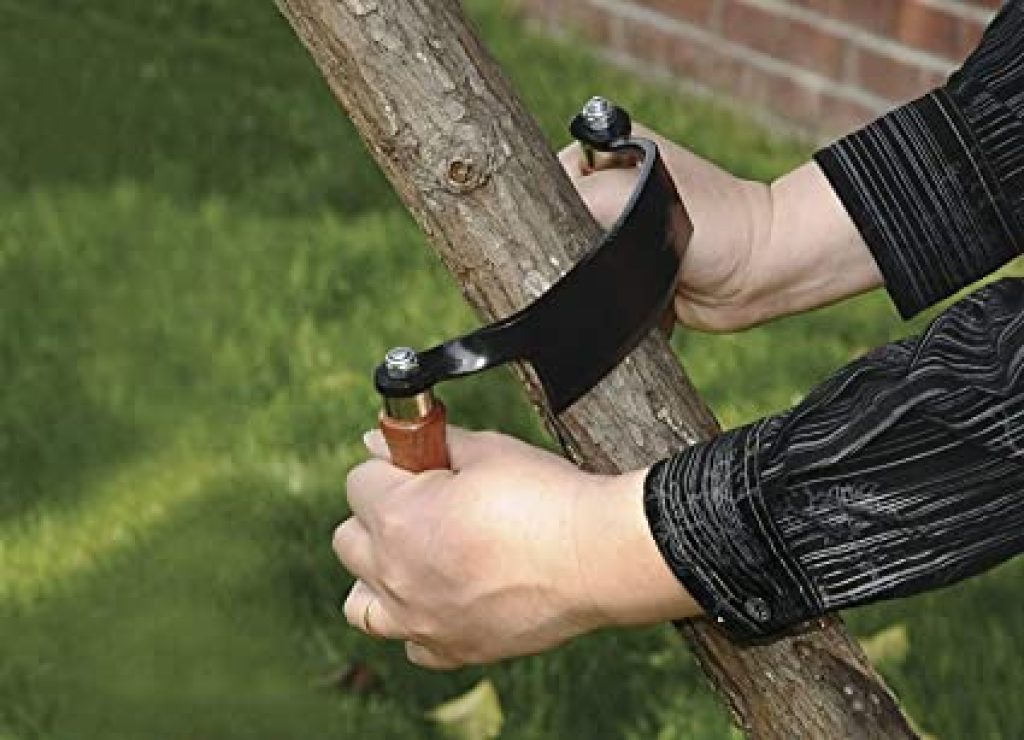
What is a Draw Knife?
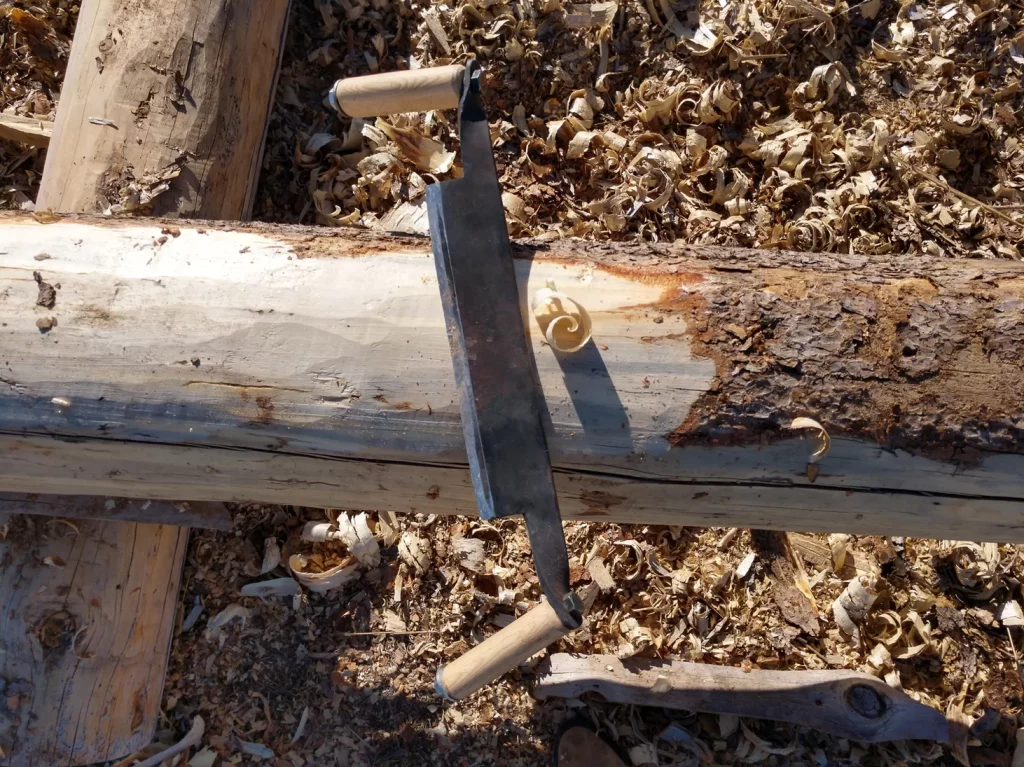
A draw knife consists of a blade, typically 4 to 10 inches long, with a handle at each end. The user holds both handles and pulls (“draws”) the blade towards themselves—hence the name. The primary function of a draw knife is to remove large slices of wood from a piece, making it ideal for rough shaping and debarking.
Types of Draw Knifes Available in the Market
When it comes to woodworking, the draw knife is an invaluable tool for removing large chunks of wood and shaping workpieces. However, not all draw knives are the same. Different types of draw knives are on the market, each designed for specific tasks or to meet certain user preferences. Below are some of the most common types:
1. Straight Draw Knives
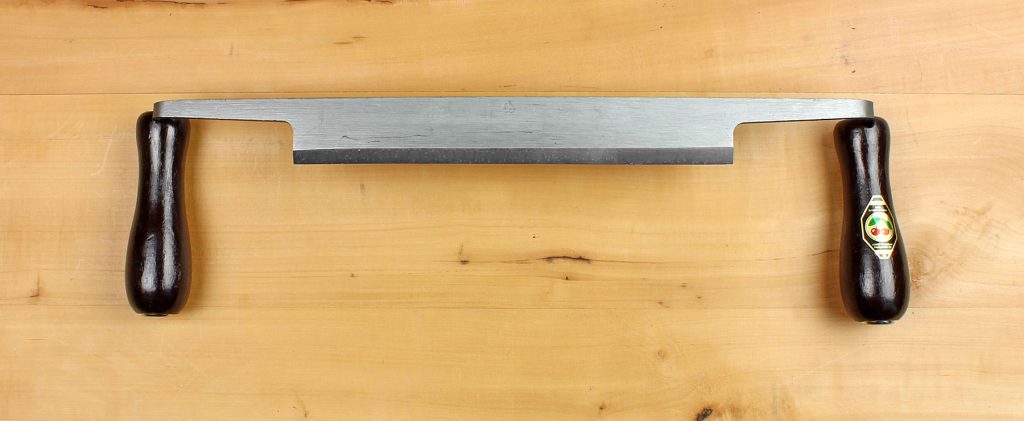
Straight-draw knives are the most common and traditional type. They feature a straight blade and are highly versatile. They’re perfect for various woodworking tasks, from debarking logs to shaping and carving wood. The blade’s length varies, typically between 4 to 10 inches, and can be chosen based on the scale of the work or the level of control needed.
2. Curved Draw Knives
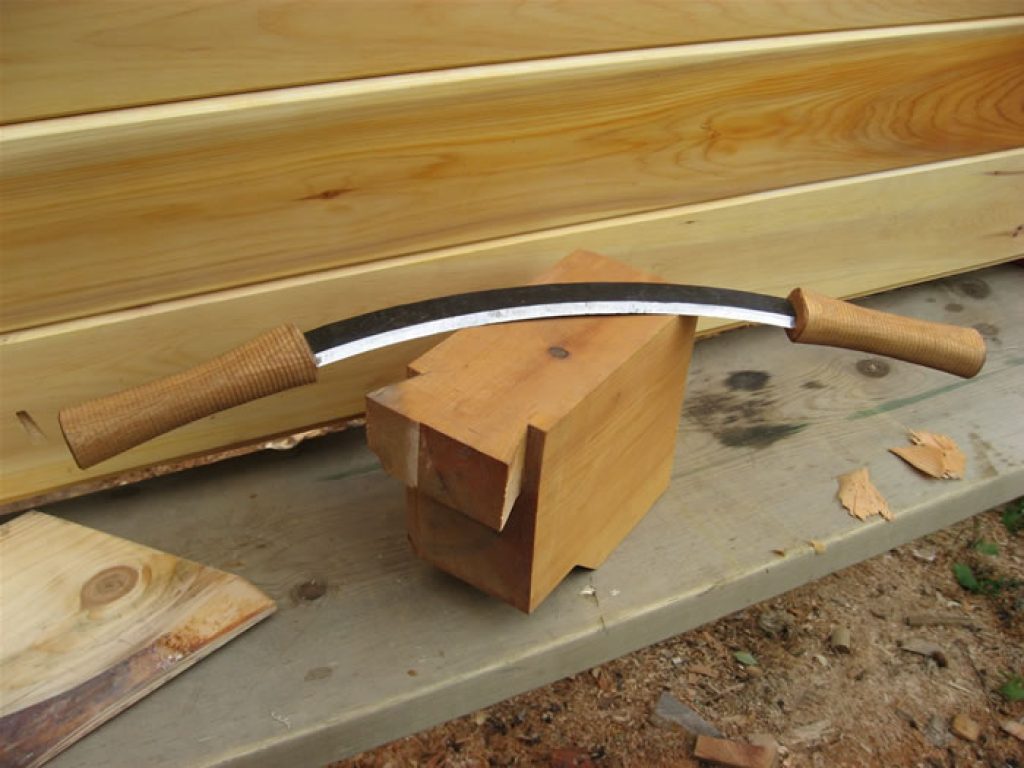
Curved draw knives have a blade that curves inwards. This design allows for more aggressive and deeper cuts, making them ideal for quickly removing large amounts of wood. They’re commonly used for tasks like shaping logs or roughing out carving projects. However, they may need to be more suitable for detailed work.
3. Chamfer Draw Knives
Chamfer draw knives are specialized, typically featuring a smaller, slightly curved blade. These are designed for creating chamfers, which are beveled wood edges. They’re handy for tasks like forming precise angles or corners.
4. Folding Draw Knives
Folding draw knives, also known as pocket draw knives, have handles that fold over the blade for compact and safe storage. These tools are great for those needing a portable outdoor task or fieldwork option. Their blades are usually straight and of a smaller length.
5. Scandinavian Draw Knives
Scandinavian draw knives are a variant with short, straight blades and handle perpendicular to the blade. This design allows for a different type of grip, which some woodworkers prefer for certain tasks.
5. Beaming Draw Knives
Beaming knives, sometimes called a type of draw knife, have a substantially curved or semi-circular blade. They are used for scraping and cleaning concave surfaces, such as the inside of barrels.
When choosing a draw knife, consider the type of woodworking you plan to do, your comfort, and the tool’s quality. It’s also worth noting that many experienced woodworkers will have more than one type of draw knife in their toolkit, allowing them to select the most suitable tool for each specific task.
Why Use a Draw Knife?
A draw knife is particularly useful for tasks that require quick wood removal. It’s ideal for shaping logs, creating flat facets on rounds, rough shaping for woodcarvings, and more. With practice, the draw knife can also be used for more detailed work.
How to Use a Draw Knife
- Secure the Wood: The wood you are working on needs to be securely fastened, usually in a vise or with clamps, so it doesn’t move as you work.
- Position the Draw Knife: Hold the draw knife handles, positioning the blade at an angle against the wood. The beveled side of the blade can face up or down, depending on the type of cut you want. Bevel-up is generally used for finer shavings and more detailed work, while bevel-down allows for deeper, rougher cuts.
- Draw the Knife: Apply pressure and pull the knife toward you, allowing the blade to cut into the wood. The angle and pressure you apply will determine the depth of the cut.
How to Choose the Best Draw Knife for You
Choosing the right draw knife can greatly enhance your woodworking experience. Here’s a guide to help you navigate the process and find the best draw knife for your needs:
1. Determine Your Needs
The first step in choosing a draw knife is determining what you’ll use it for. A larger, straight, or slightly curved draw knife would be suitable if you need it for rough tasks like debarking logs or the initial shaping of a piece. A smaller, straight draw knife or a specialized chamfer knife might be more appropriate if you need it for more refined tasks, such as detailed carving or creating precise angles.
2. Blade Material
Draw knives typically have blades made of steel, but the quality of the steel can vary. High-carbon steel is generally considered superior due to its sharpness and durability. Stainless steel is also used, but while it is rust-resistant, it may not hold an edge, as well as high-carbon steel.
3. Blade Length
The length of the blade is another important factor. Longer blades (around 8-10 inches) offer a longer cutting edge and can be used on larger workpieces, but they may be more challenging to control. Shorter blades (around 4-6 inches) are more precise and easier to manage, making them better for detailed work.
4. Handle Design
Handles can be straight, curved, or angled, made from wood, plastic, or metal. The best handle design depends on your preference and the work you’ll be doing. Comfort and a good grip are key considerations. Some woodworkers prefer wooden handles for their feel and aesthetic appeal.
5. Brand Reputation and Reviews
Research different brands and read customer reviews to get an idea of the quality and performance of their tools. Brands with a good reputation in the woodworking community are generally a safe bet.
6. Price
Price is always a consideration, but remember that you often get what you pay for with tools. A cheap draw knife may be appealing, but it’s not a good investment if it doesn’t hold an edge or breaks after a few uses. A high-quality draw knife may be more expensive initially, but it will likely perform better and last longer.
7. Safety
Safety should always be a priority when working with sharp tools. Ensure the draw knife has sturdy, securely attached handles and a blade guard or sheath for safe storage.
By considering these factors, you can find a draw knife that is suited to your specific woodworking needs and a comfortable and durable tool that will serve you well for years.
Caring for Your Draw Knife
Like all woodworking tools, a draw knife requires proper care to maintain its functionality:
- Cleaning: After use, clean the blade to remove any wood residue. A damp cloth is usually sufficient.
- Sharpening: Regularly sharpen the blade to maintain its cutting edge. This usually involves using a whetstone or honing tool.
- Storage: Store your draw knife in a dry place to prevent rust. Some people prefer to oil the blade before storage to protect it lightly.
Highly Rated Draw Knife Brands
The quality of your woodworking projects relies heavily on the tools you use. Therefore, choosing a reputable and reliable draw knife brand is vital. Here, we’ll review three popular draw knife brands: Carmyra, Timber Tuff – BAC Industries Inc., and Felled.

Carmyra is known for producing high-quality, robust woodworking tools; their draw knives are no exception. Their draw knives typically feature high carbon steel blades, known for their sharpness and durability. In addition, the handles are often made of wood, providing a comfortable grip and a classic touch to the tool’s aesthetic.
Carmyra’s draw knives come in different sizes to suit various woodworking tasks. Users appreciate the brand for the quality of the blade, which retains its sharpness well, and the overall durability of the tool. If you’re looking for a reliable, long-lasting draw knife, Carmyra is a strong contender. However, they may be priced slightly higher than other brands, reflecting their quality and durability.
2. Timber Tuff – BAC Industries Inc.

Timber Tuff, a brand under BAC Industries Inc., has a solid reputation in the woodworking community for its array of outdoor tools, including draw knives. Their draw knives are designed with practicality and versatility in mind.
The Timber Tuff draw knives usually feature a straight, durable steel blade and wooden handles. They are also known for their longer blades, making them suitable for larger woodworking or debarking tasks. A notable feature of Timber Tuff draw knives is the bevel design, which helps make deeper cuts. Users often praise their tools for being sturdy and offering good value for money. If you’re looking for a versatile draw knife suitable for a range of tasks, Timber Tuff is a brand to consider.
3. Felled
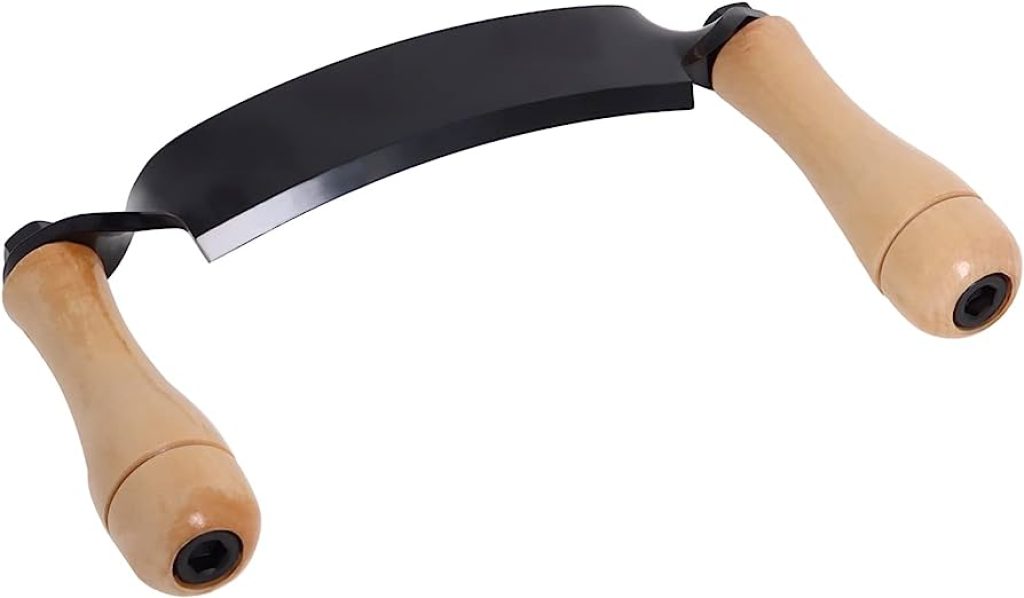
Felled is a brand that’s carved out a niche in the market, focusing on logging tools, including draw knives. Their draw knives are designed with functionality and simplicity in mind.
Felled draw knives typically feature a straight blade design made from hardened steel for durability and sharpness. One standout feature is their comfortable grip handles, often made from wood, which many users appreciate for extended use. In addition, felled draw knives are typically praised for their affordability and effectiveness, making them an excellent choice for hobbyists or those on a budget.
However, some users have noted that Felled draw knives might need frequent sharpening, depending on the tasks they’re used for. Felled could be a good fit if you’re looking for an affordable, functional tool and don’t mind the occasional blade maintenance.
Note: Each brand – Carmyra, Timber Tuff (BAC Industries Inc.), and Felled – offers quality draw knives, but each has unique strengths. Consider your specific needs, preferences, and budget when choosing these brands. Remember, the best draw knife for you is the one that feels comfortable in your hand and suits your woodworking needs perfectly.
Conclusion
Mastering a draw knife can take time and practice, but the effort is well worth it. Whether you’re shaping logs for a cabin, crafting furniture, or carving intricate designs, a draw knife is a tool that can help you achieve your woodworking goals. Remember, practice is key to becoming proficient with any tool, so be encouraged if your initial attempts aren’t perfect. Happy woodworking!






